10 U.S. Piers Where You Can Catch a Monster Fish
For many fishing enthusiasts, there’s nothing quite like the thrill of battling a massive fish. Across America’s coastlines and lakeshores, public piers offer accessible platforms where anglers of all experience levels can hook impressive catches without needing a boat. These structures extend into deeper waters where larger species roam, creating perfect opportunities for landing trophy-sized fish. From massive sharks patrolling the Gulf Coast to sturgeon lurking in Pacific waters, America’s piers serve as gateways to some of the most exciting fishing adventures available. The following ten piers have earned reputations as premier destinations for those seeking to catch the fish of a lifetime—monsters that will test your skill, equipment, and determination.
Navarre Beach Fishing Pier, Florida
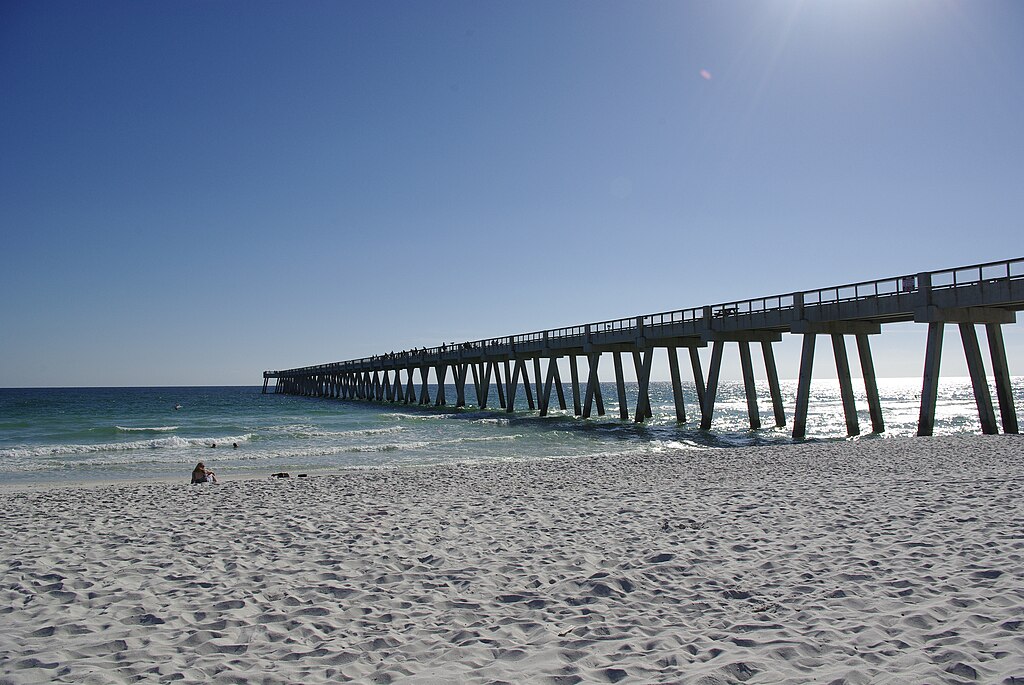
Stretching 1,545 feet into the Gulf of Mexico, Navarre Beach Fishing Pier holds the distinction of being the longest fishing pier in Florida and the Gulf of Mexico. This impressive structure provides anglers access to deep water where massive species like king mackerel, mahi-mahi, and even sailfish can be caught during seasonal runs. The pier’s location makes it a hotspot for shark fishing, with bull sharks, blacktips, and hammerheads frequently landed, especially during evening hours. Local records include a 400-pound bull shark that required multiple anglers to bring onto the pier. With reasonable daily fees and fishing equipment rentals available on-site, Navarre Beach Pier accommodates both serious anglers and families looking to try their luck at landing a monster from the Gulf.
Jennette’s Pier, North Carolina
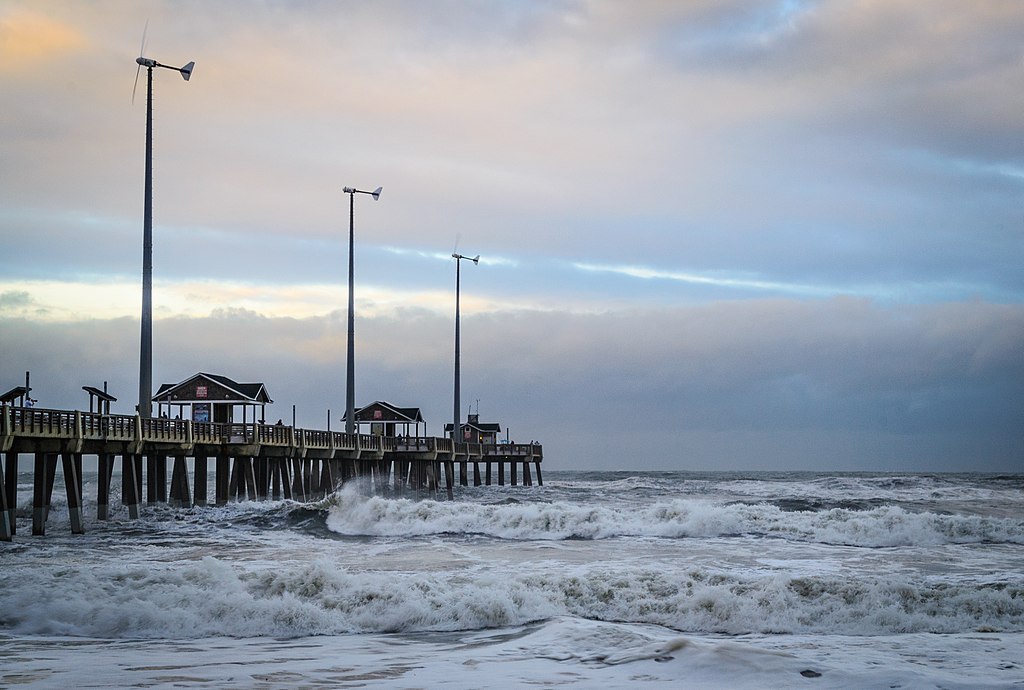
Jutting 1,000 feet into the Atlantic Ocean from Nags Head, Jennette’s Pier combines modern amenities with outstanding fishing opportunities in the fertile waters of North Carolina’s Outer Banks. This concrete pier was rebuilt in 2011 with sustainability in mind, featuring wind turbines and educational displays alongside premier fishing access. The location sits at a confluence of northern and southern currents, creating a diverse ecosystem where anglers regularly battle massive red drum exceeding 40 pounds, known locally as “channel bass.” Cobia weighing over 100 pounds have been landed here during spring migrations, creating pier-wide excitement when these powerful fish are hooked. Fall brings opportunities for massive king mackerel and the occasional trophy tarpon, while winter months can produce striped bass exceeding 40 pounds. The pier’s educational staff offers clinics for beginners, making monster fish accessible even to novice anglers.
Venice Fishing Pier, California
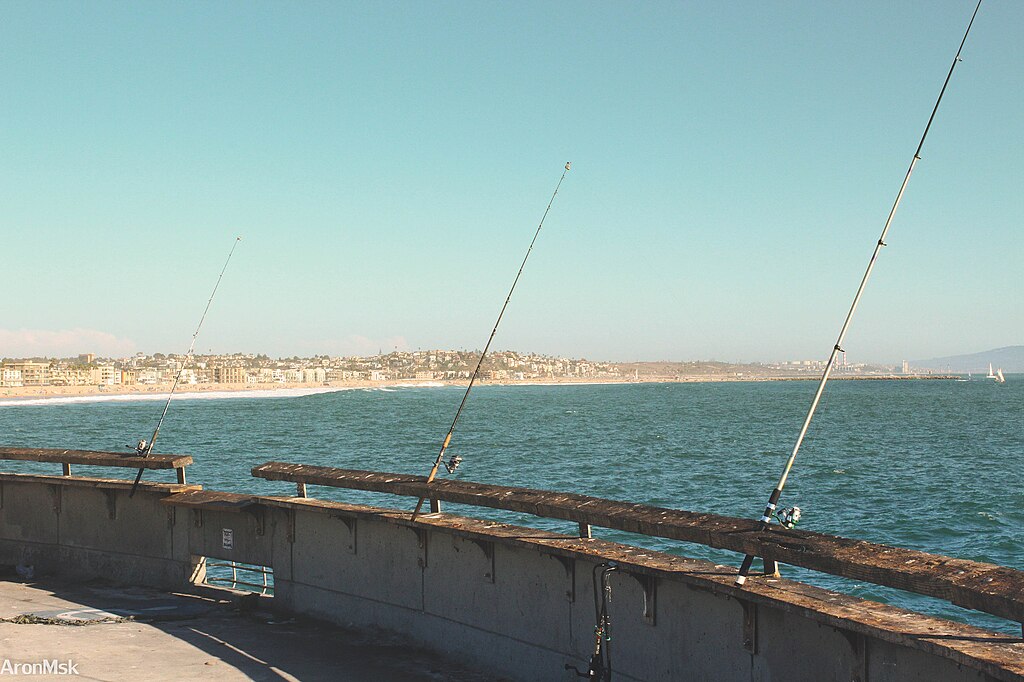
Located in the heart of Los Angeles County, the Venice Fishing Pier provides urban anglers with surprisingly excellent opportunities to catch impressive fish. This 1,310-foot concrete structure extends into the Pacific Ocean, where the Santa Monica Bay’s deep-water ecosystem supports a variety of large species. White seabass exceeding 50 pounds are prized catches here, especially during spring and early summer when these powerful fish cruise the coastline. The pier has gained notoriety for halibut fishing, with flatfish exceeding 30 pounds occasionally caught by those using live bait presentations. Perhaps most exciting are the thresher sharks that patrol these waters from late spring through fall, with specimens exceeding 200 pounds hooked by prepared anglers using specialized tackle. As one of California’s few piers that remains open 24 hours, nighttime fishing offers opportunities for bat rays with wingspans exceeding six feet and weights approaching 100 pounds.
Skyway Fishing Pier State Park, Florida
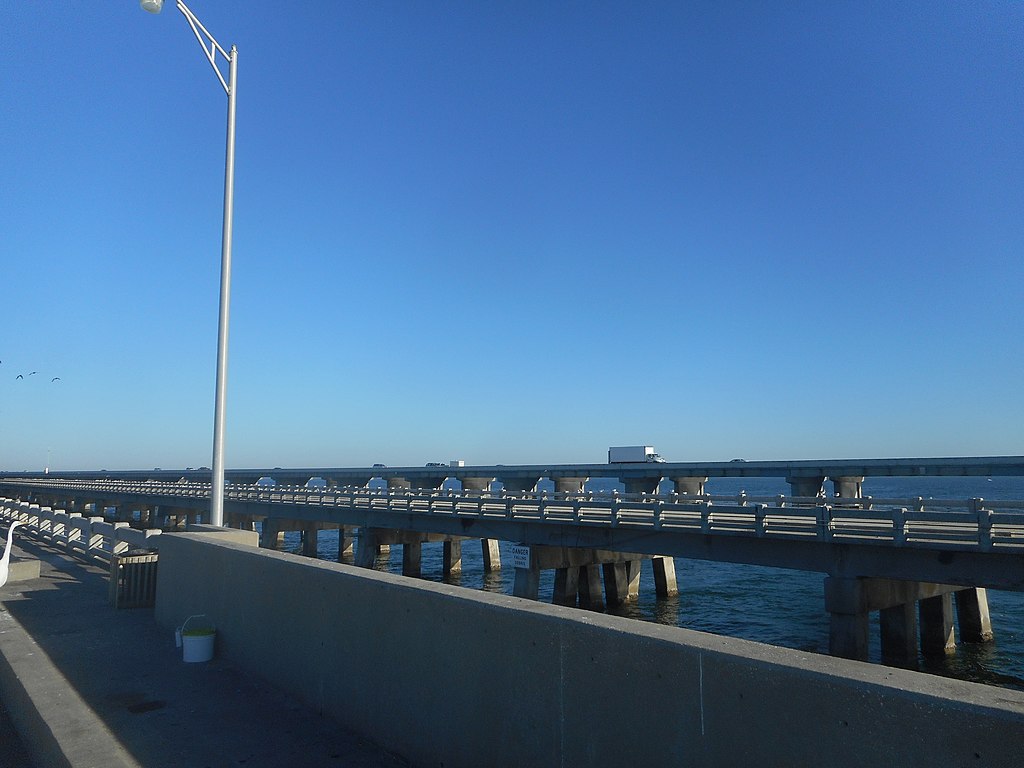
Created from the remains of the old Sunshine Skyway Bridge spanning Tampa Bay, this unique fishing venue offers more than a mile of fishing access on both the north and south sides of the bay. The pier’s location provides anglers with access to shipping channels reaching depths of 80 feet, where truly massive fish reside year-round. Goliath grouper, which can exceed 400 pounds, are occasionally hooked around the pier’s pilings, though landing these protected giants is prohibited. More realistically targeted are the giant hammerhead and bull sharks that frequent these waters, with specimens exceeding 10 feet regularly hooked during summer months. The pier has also developed a reputation for trophy tarpon fishing during their migration, with silver kings exceeding 150 pounds battled along the structure’s edges. As Florida’s only 24/7 pier, night fishing brings opportunities for massive stingrays and the occasional sawfish, an endangered species that must be promptly released if caught.
Pacifica Municipal Pier, California
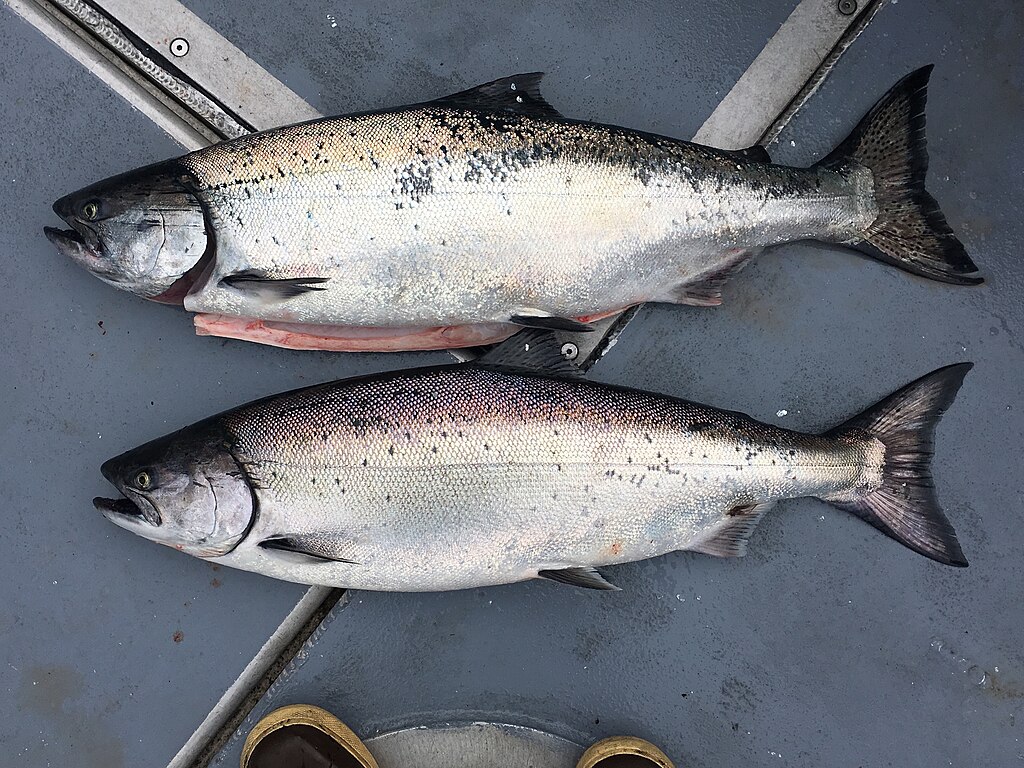
Extending 1,140 feet into the Pacific Ocean south of San Francisco, Pacifica Pier has earned legendary status among West Coast anglers for its exceptional salmon fishing. During salmon runs, usually peaking in summer months, anglers line the pier’s railings to target Chinook (king) salmon, often exceeding 30 pounds as they return to nearby streams. The pier’s unusual L-shape extends into deeper water where massive seven-gill sharks roam, with specimens approaching 10 feet in length occasionally landed by prepared anglers. Halibut fishing can be exceptional during spring and summer, with flatfish exceeding 40 pounds caught on live bait presentations. Perhaps the pier’s most unique opportunity is the chance to hook sturgeon during winter months when these prehistoric fish venture closer to shore, with white sturgeon exceeding six feet occasionally battled from the pier. As one of California’s few piers that doesn’t require a fishing license, Pacifica provides free access to some of the Pacific’s most impressive fish.
Galveston 61st Street Fishing Pier, Texas
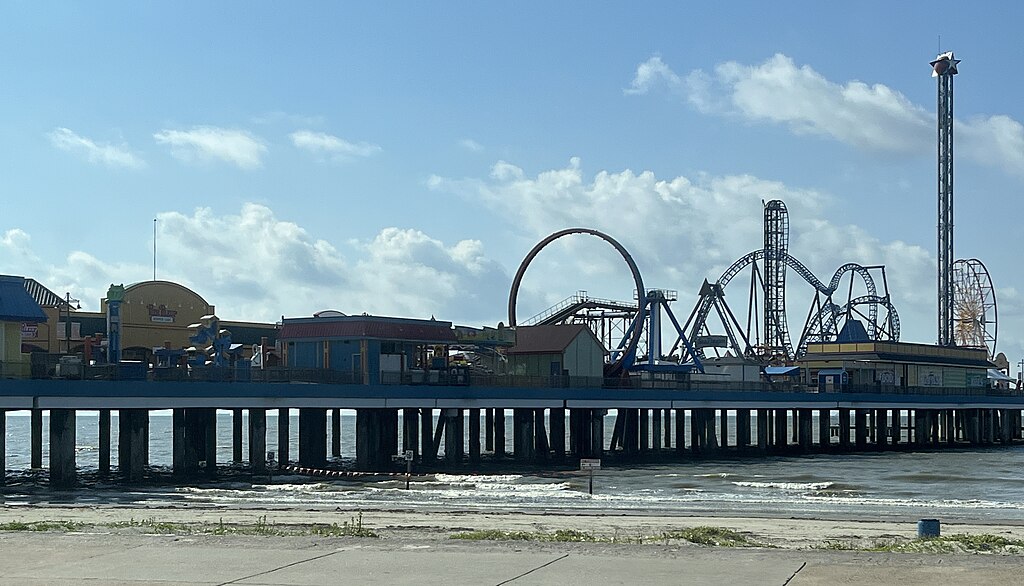
Standing strong against Gulf storms for decades, Galveston’s 61st Street Pier extends over 1,200 feet into the productive waters off the Texas coast. The pier is renowned for exceptional shark fishing, particularly during summer months when blacktip, bull, and spinner sharks cruise within casting distance of the T-head section. Bull reds (red drum exceeding 28 inches) create seasonal frenzies when these powerful fish school around the pier during their fall spawning runs, with specimens exceeding 45 inches not uncommon. The pier has gained notoriety for its jack crevalle runs, when schools of these hard-fighting fish weighing 20-30 pounds blast through bait schools, creating spectacular surface commotion and testing anglers’ equipment and stamina. Open 24 hours during summer months, night fishing brings opportunities for massive stingrays exceeding 100 pounds and the occasional large shark that follows the pier lights. The pier’s bait shop offers specialized tackle rentals designed specifically for targeting the largest species in these waters.
Avalon Pier, North Carolina
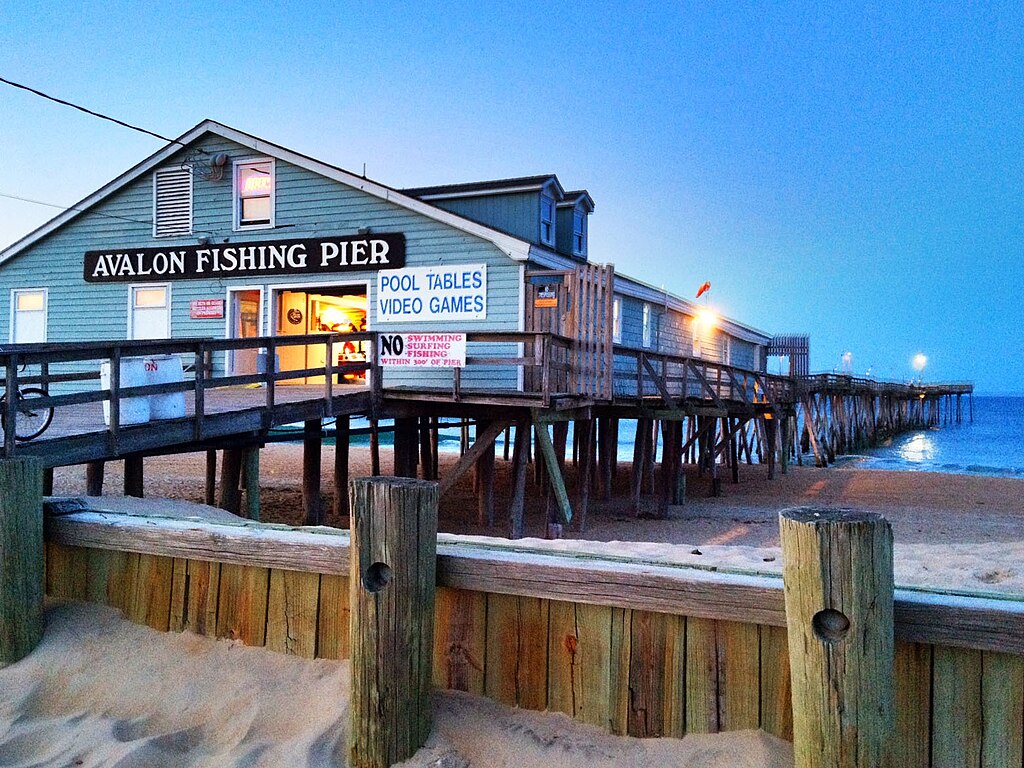
Situated in the fishing-rich waters of Kill Devil Hills on the Outer Banks, Avalon Pier stretches 700 feet into the Atlantic O, Ocean where it intercepts multiple migratory fish paths. This historically significant pier has established itself as one of the premier destinations for trophy red drum, with fish exceeding 50 inches caught during fall runs when these massive copper-colored gamefish school in the surf zone. Cobia, often exceeding 70 pounds, create pier-wide excitement when they appear during their May-June migration, with several trophy specimens landed each season. The pier’s location along the narrow Outer Banks puts anglers within casting distance of the Gulf Stream current, occasionally bringing exotic species like king mackerel, sailfish, and even the rare tarpon within reach during summer months. Experienced pier staff maintain a detailed fishing report and guidance to visiting anglers, significantly increasing the chances of connecting with one of the Atlantic’s trophy specimens.
Okaloosa Island Pier, Florida
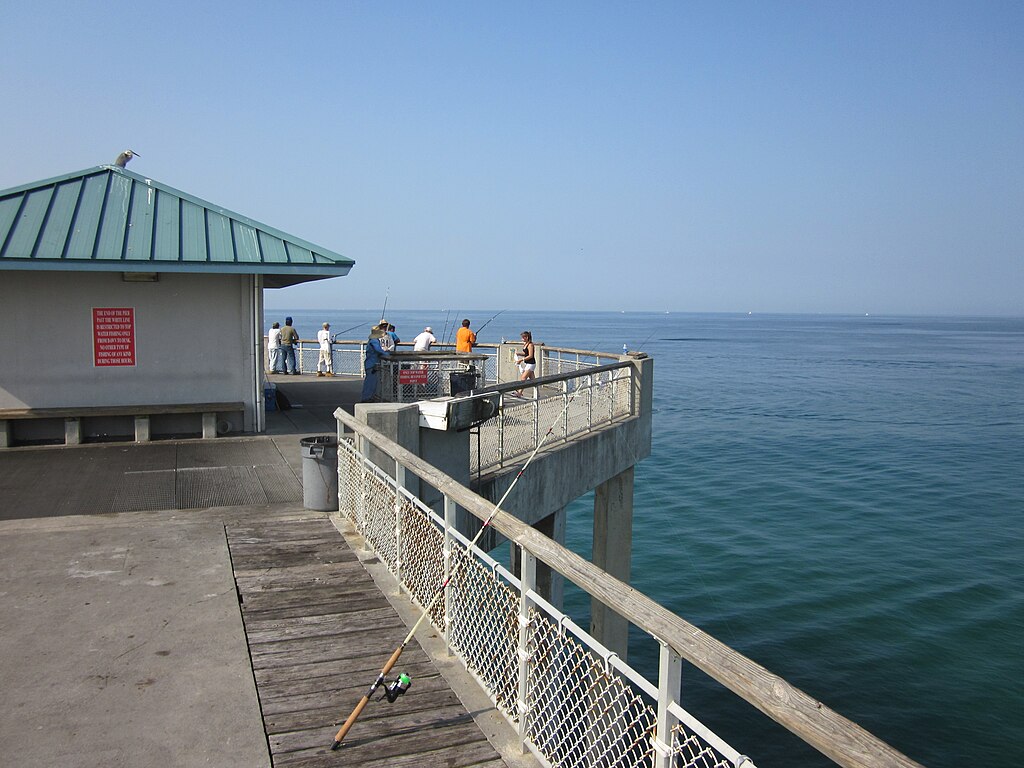
Extending 1,262 feet into the emerald waters of the Gulf of Mexico from Fort Walton Beach, Okaloosa Island Pier offers anglers access to some of Florida’s most impressive fish. The pier’s location near the 100-fathom curve brings pelagic species surprisingly close to shore, with sailfish, wahoo, and even the occasional marlin hooked during fall migrations. King mackerel fishing reaches world-class status during spring and fall runs, with smoker kings exceeding 50 pounds landed each season, drawing tournament anglers from across the Southeast. The pier has developed a reputation for exceptional cobia fishing during their spring migration, with specimens exceeding 80 pounds spotted as they follow rays along the sandbar adjacent to the pier. Perhaps most impressive are the sharks that patrol these waters year-round, with hammerheads, bulls, and tiger sharks exceeding 300 pounds occasionally landed during summer months. The pier’s unique underwater camera system allows visitors to watch fish swim beneath the structure, helping anglers identify the presence of trophy specimens.
Seaview Fishing Pier, North Carolina
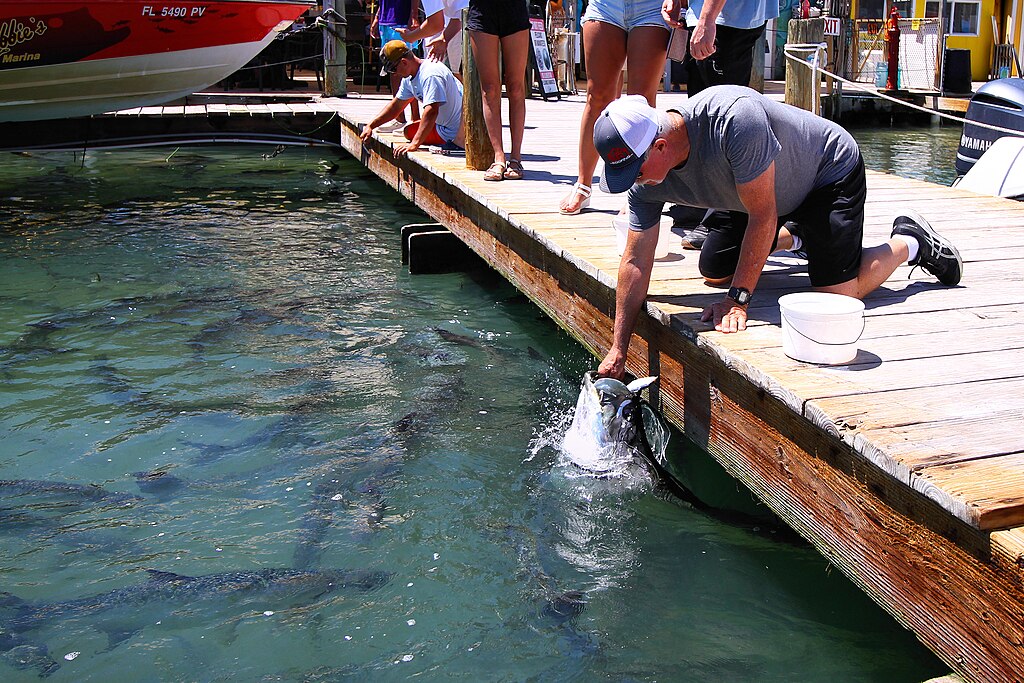
Holding the title of North Carolina’s longest fishing pier at 1,000 feet, Seaview Pier in North Topsail Beach provides exceptional access to the Atlantic’s most impressive species. This family-owned pier has achieved legendary status for its fall king mackerel fishing, with numerous fish exceeding 50 pounds landed each season, including the pier record of 68 pounds. The structure’s T-shaped end creates diverse fishing opportunities, with the deeper sections producing monster flounder exceeding 10 pounds during summer months. Tarpon, the silver king of gamefish, make annual appearances during late summer, with fish exceeding 150 pounds occasionally hooked, though rarely landed due to their spectacular jumping ability and the pier’s height. The pier’s most unique opportunity comes during winter months when bluefin tuna occasionally venture within casting distance, creating the rare chance to hook one of the ocean’s most powerful fish from a fixed platform. The pier operates 24 hours during summer months, with nighttime bringing opportunities for massive sharks that patrol the illuminated waters beneath the pier lights.
Ocean Beach Pier, California
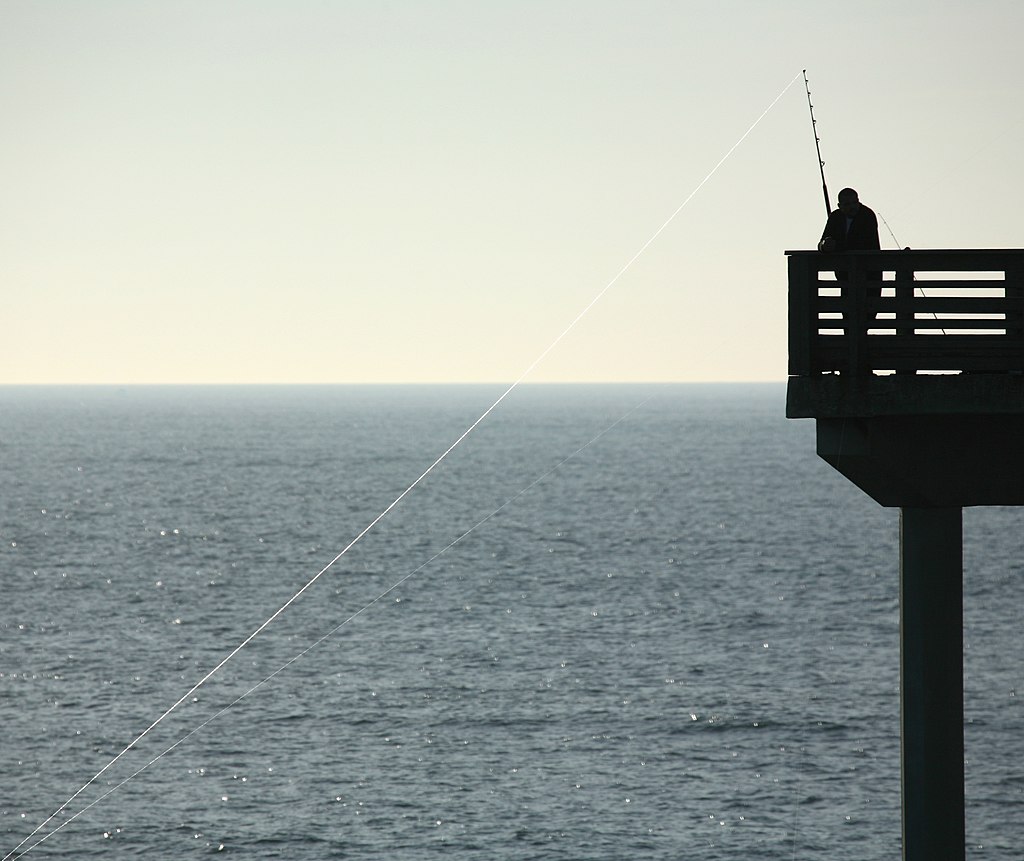
As the longest concrete pier on the West Coast at 1,971 feet, San Diego’s Ocean Beach Pier provides anglers with access to the diverse and productive waters of Southern California. The pier’s T-shaped end reaches depths where massive California yellowtail—powerful members of the jack family—are caught during summer and fall, with specimens exceeding 40 pounds landed by prepared anglers. White seabass, the prized “grey ghosts” of the Pacific, create seasonal excitement when these powerful fish, exceeding 60 pounds, cruise through during spring months. The pier’s location near deep-water canyons occasionally brings truly exceptional species within reach, including bluefin tuna during warm-water years and even the occasional marlin, though landing such specimens from the pier requires exceptional skill and luck. Thresher sharks with their distinctive scythe-like tails are regularly hooked during summer months, with specimens exceeding 200 pounds battling along the pier’s outer sections. The pier’s accessible design and equipment rentals make these trophy opportunities available even to those without extensive fishing experience.
Grand Isle State Park Pier, Louisiana
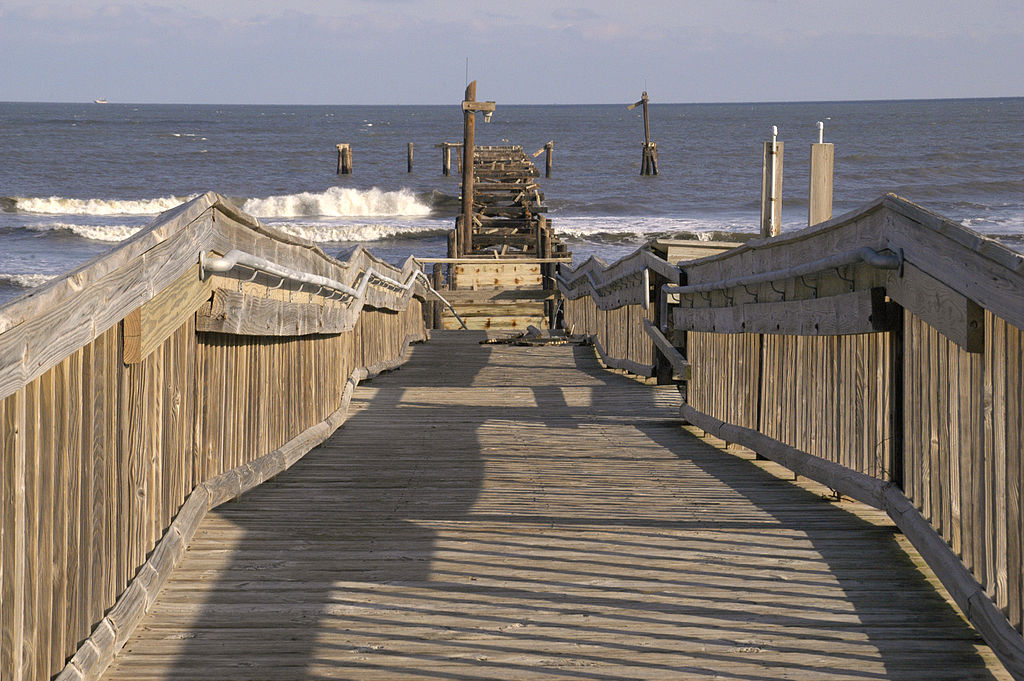
Located on Louisiana’s only inhabited barrier island, the Grand Isle State Park Pier extends into the extraordinarily productive waters of the northern Gulf of Mexico. This pier provides access to one of America’s most diverse fisheries, where the Mississippi River’s nutrients create an ecosystem supporting truly massive fish. Bull redfish, the trophy class of red drum exceeding 30 pounds, are commonly caught during fall and winter months when these powerful fish patrol the beaches. Tarpon fishing reaches world-class status during summer migrations, with silver kings exceeding 200 pounds occasionally hooked as they roll within casting distance of the pier. The structure’s location near the continental shelf brings pelagic species surprisingly close to shore, with jack crevalle exceeding 40 pounds, cobia over 70 pounds, and even the occasional sailfish within reach of skilled anglers. Perhaps most impressive are the sharks that dominate these waters, with bull sharks, lemons, and massive tiger sharks regularly hooked during summer months when these apex predators follow bait schools into the area.
Essential Gear and Techniques for Pier Monster Fishing
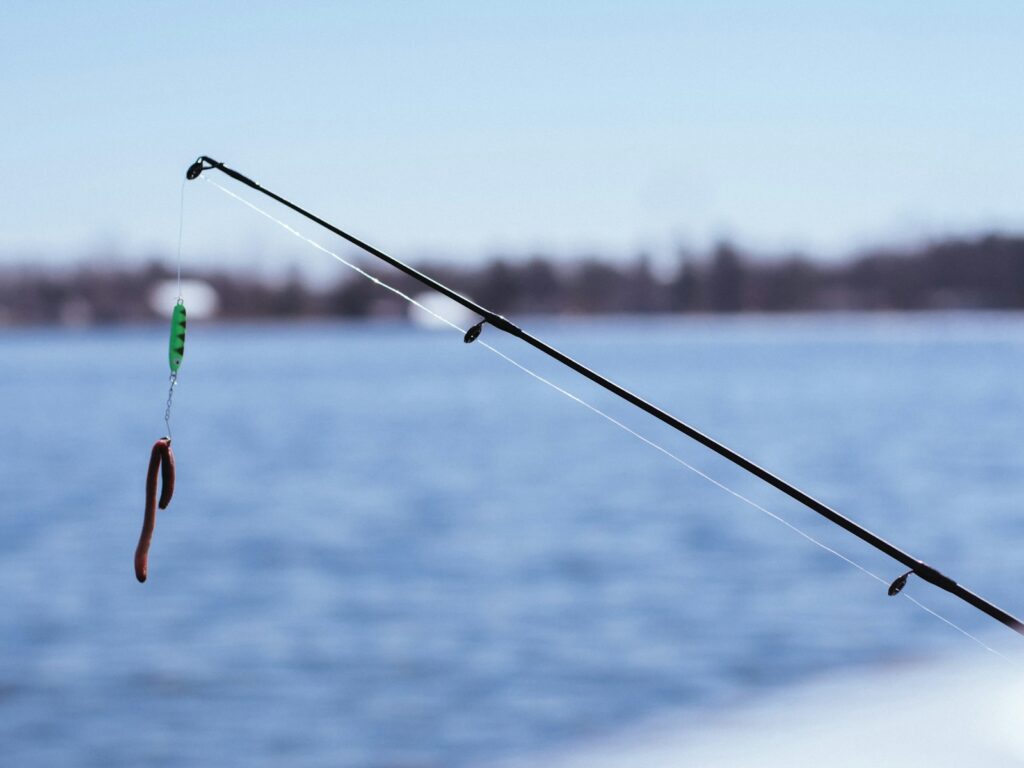
Successfully targeting monster fish from piers requires specialized equipment beyond standard fishing gear. Heavy-duty rods in the 9-12 foot range with substantial backbone paired with high-capacity reels holding at least 300 yards of heavy line are essential for battling large species and preventing break-offs around pier pilings. Terminal tackle should include heavy-duty swivels, shock leaders of at least 80-pound test, and circle hooks, which increase hook-up rates while reducing harmful gut-hooking of fish that might be released. Successful pier anglers often employ sliding sinker rigs that allow fish to take bait without feeling resistance, crucial when targeting cautious trophy specimens. For the largest species, proper landing equipment becomes critical—long-handled gaffs for kept fish or bridge nets with extended handles for safely landing and releasing monsters from the pier’s elevated position. Most importantly, responsible monster fishing requires preparation for proper fish handling, including dehooking tools, gloves, and knowledge of how to revive fish properly before release, ensuring these magnificent creatures can be enjoyed by future generations of pier anglers.
Conclusion: The Accessible Thrill of Pier Monster Fishing
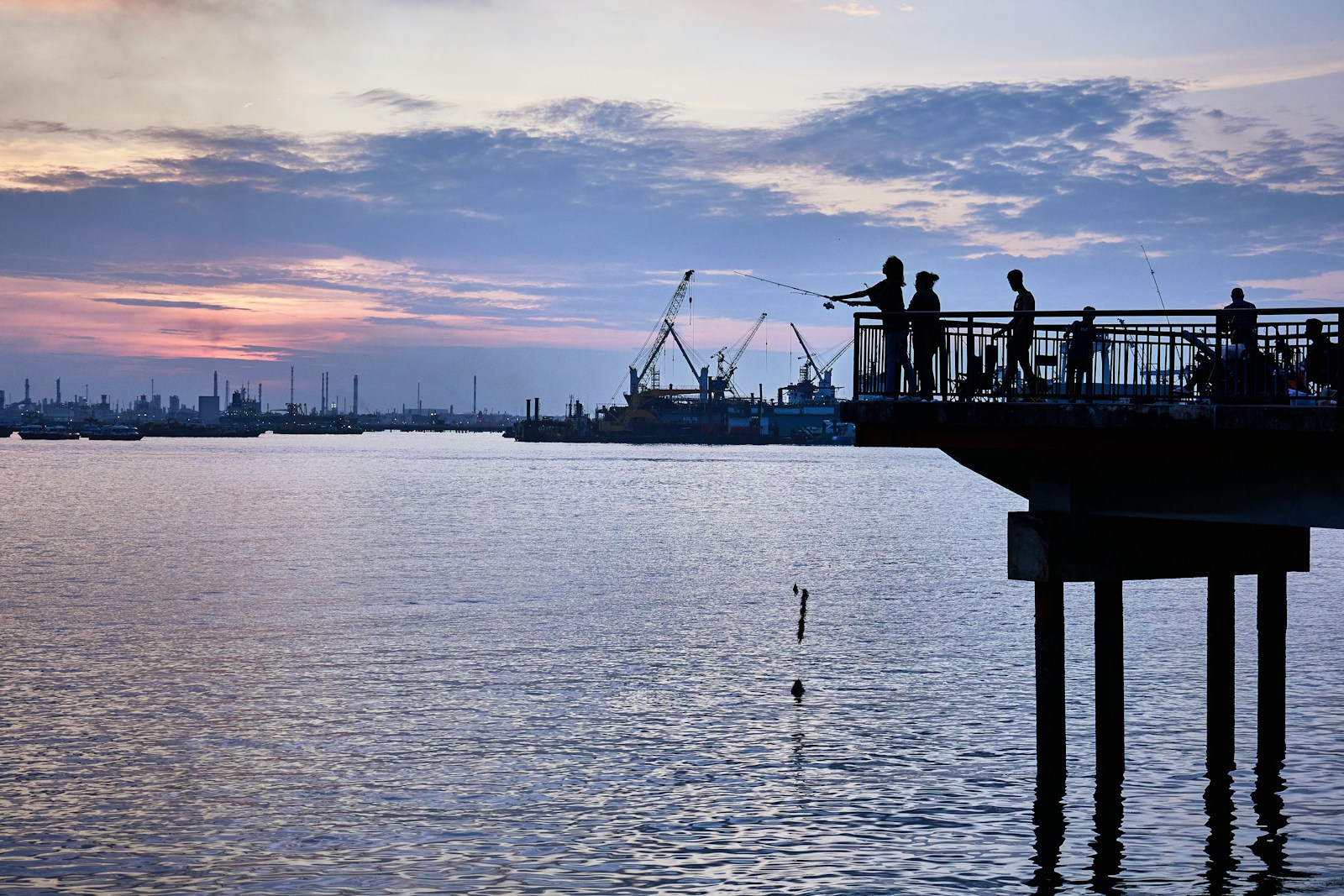
America’s premier fishing piers represent some of the most democratic access points to trophy fishing available in the country. Without the expense of boat ownership or charter fees, anglers can stand shoulder-to-shoulder with fellow enthusiasts while targeting genuinely impressive specimens. The piers highlighted in this guide offer more than just fishing—they provide communities where knowledge is shared, achievements celebrated, and traditions passed between generations. While landing a genuine monster fish from a pier requires skill, patience, and some luck, the opportunity is genuinely available to anyone willing to learn the techniques and invest time on the planks. Whether you’re a seasoned angler seeking a new challenge or a novice hoping to experience the thrill of battling something truly massive, these ten piers offer legitimate opportunities to connect with the fish of a lifetime while creating memories that will last just as long.
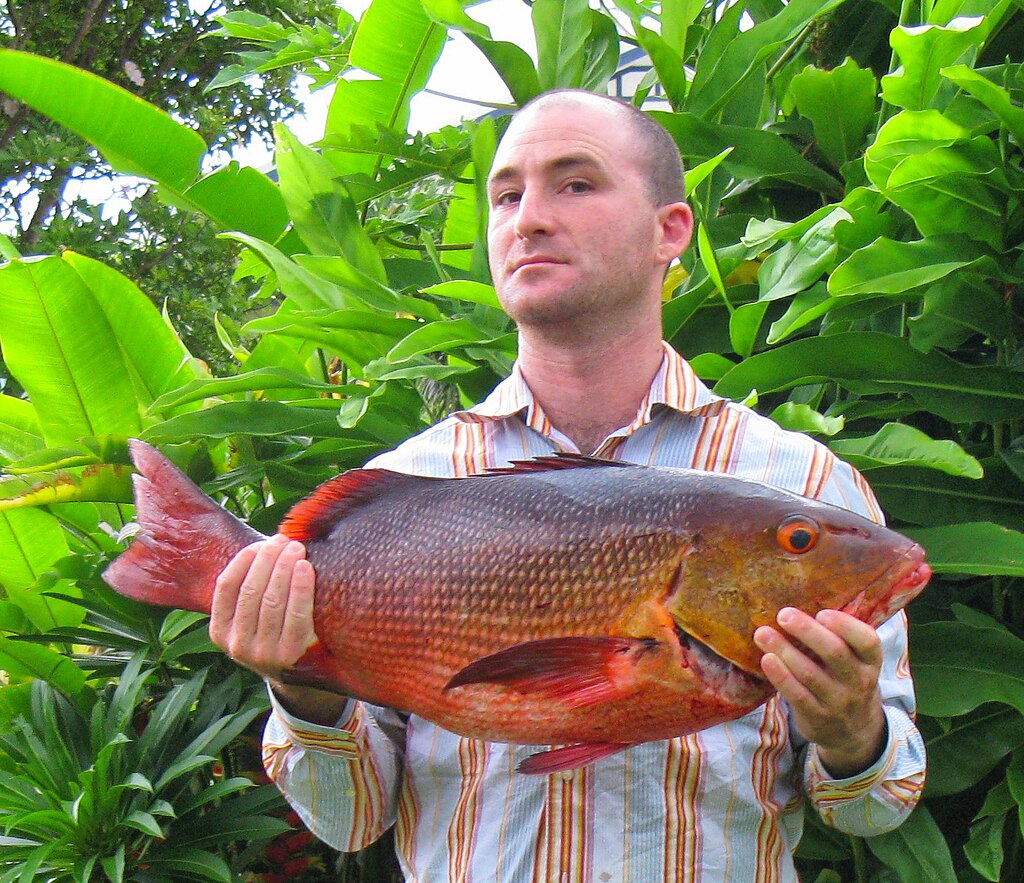
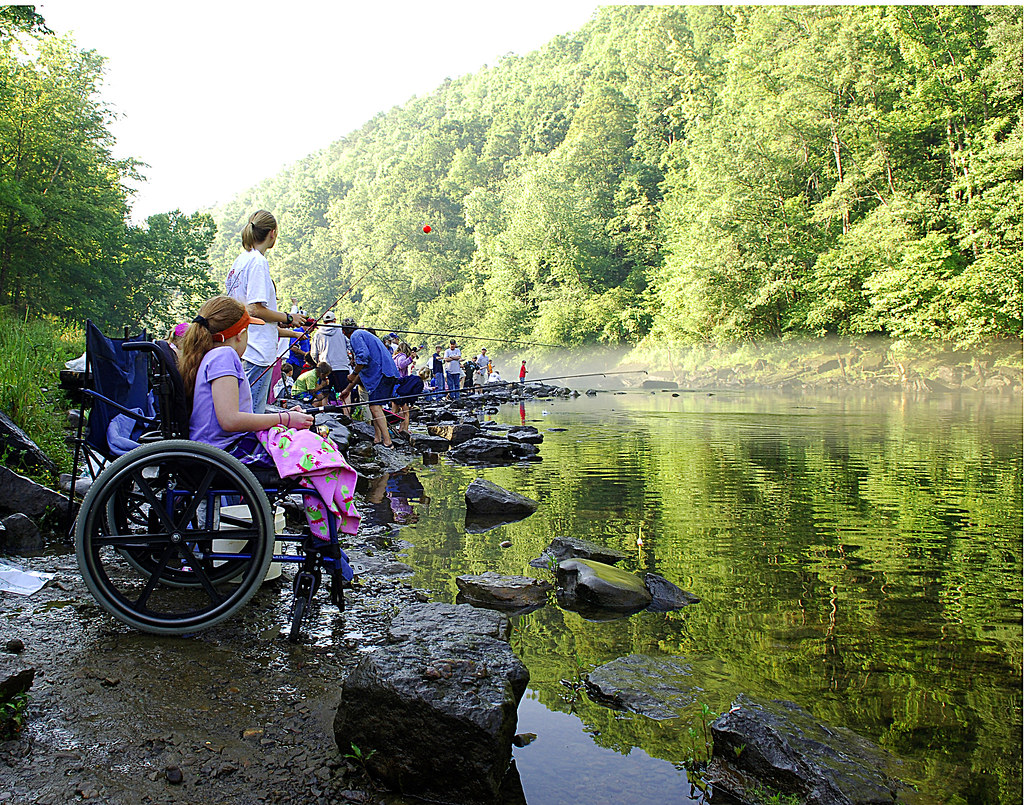
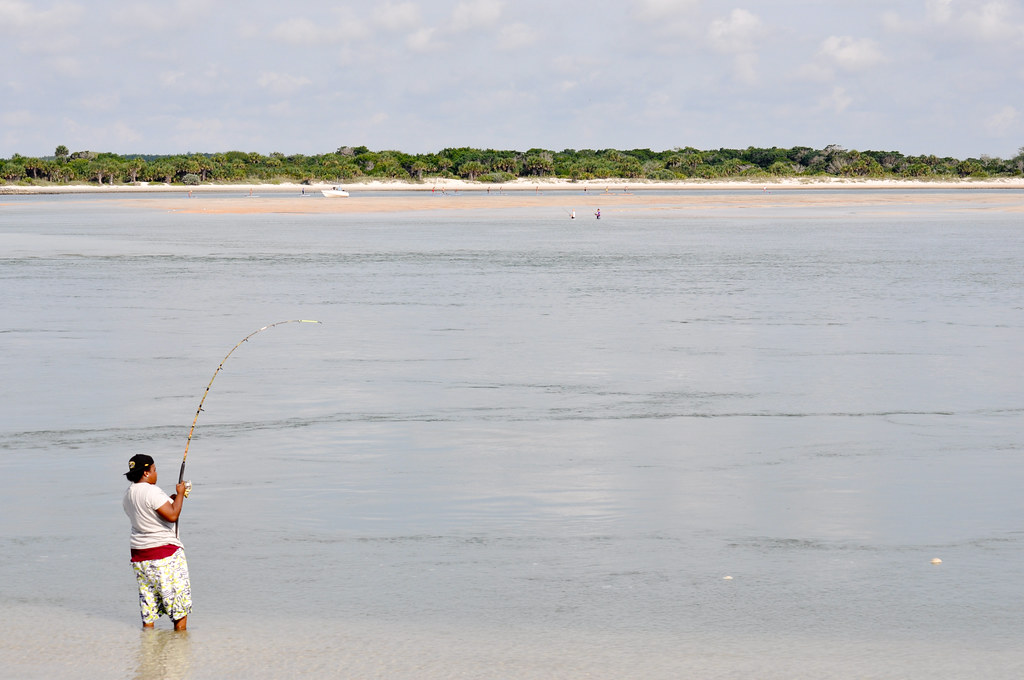

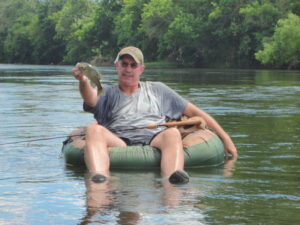
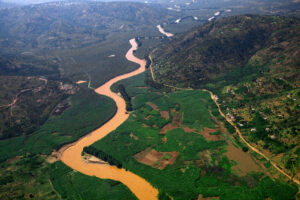








Post Comment